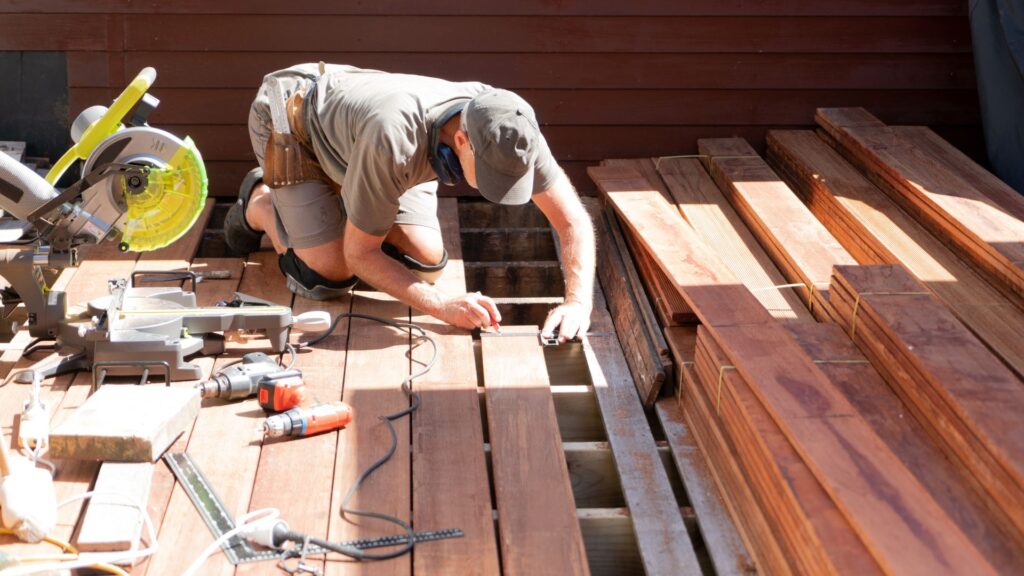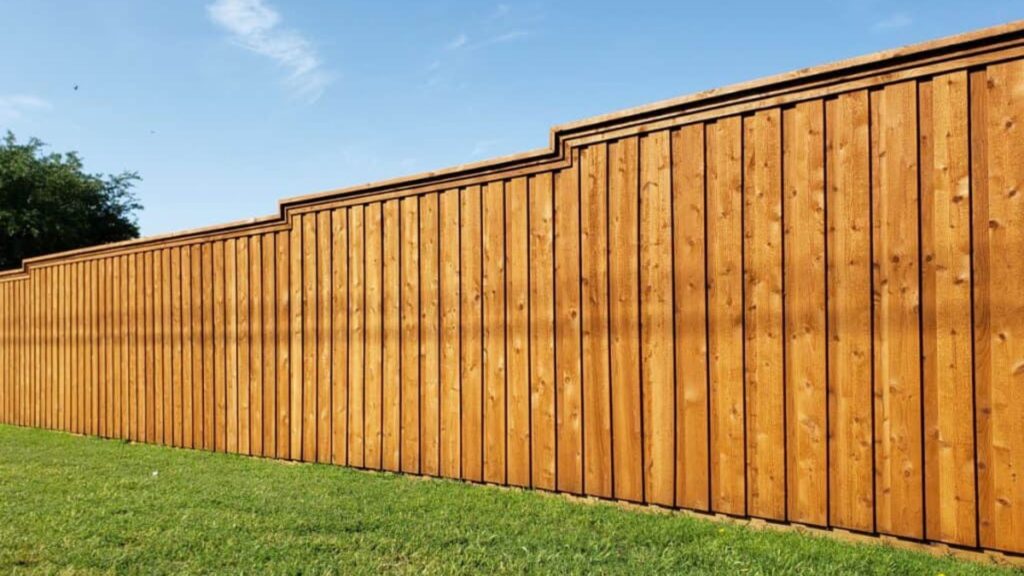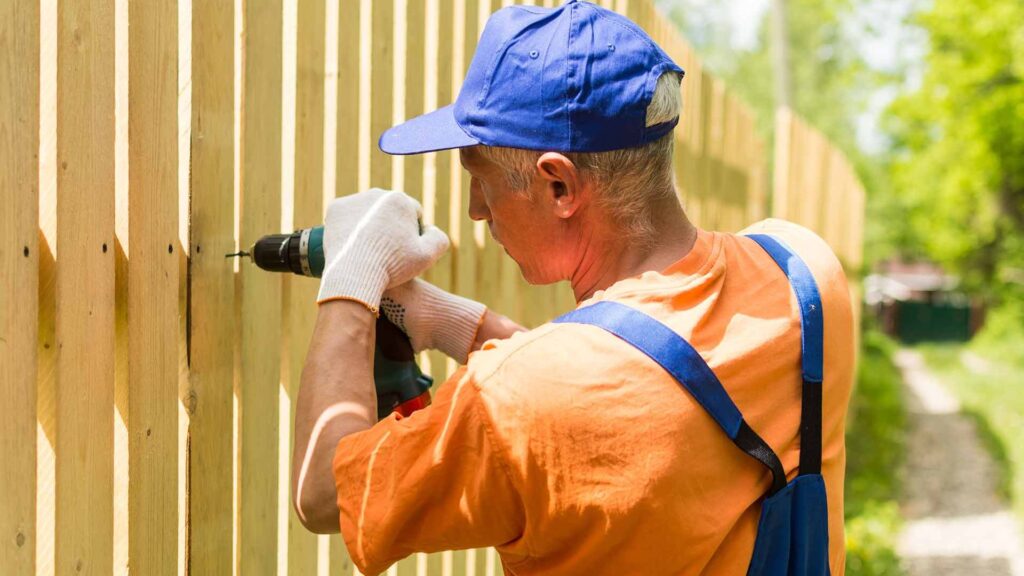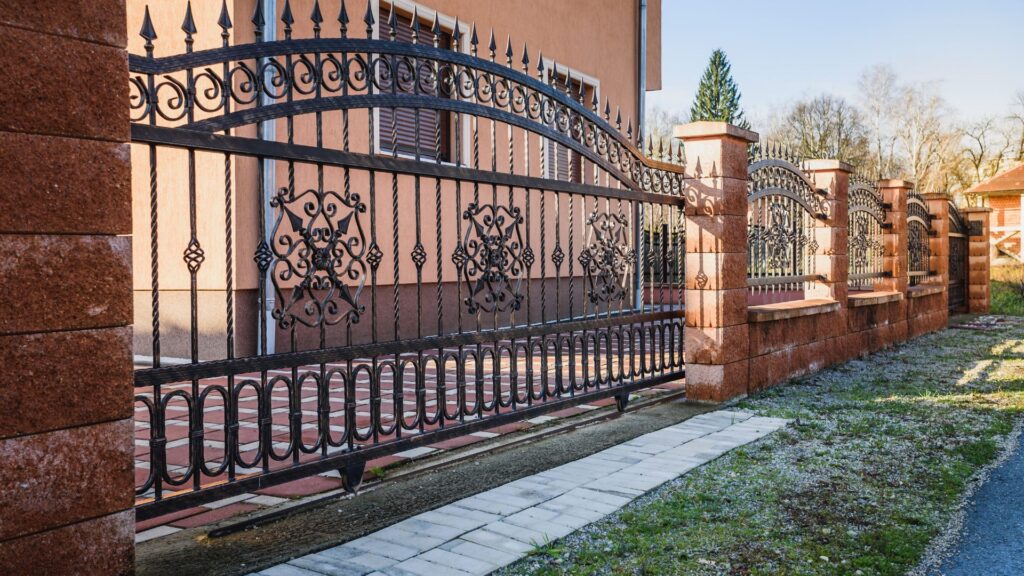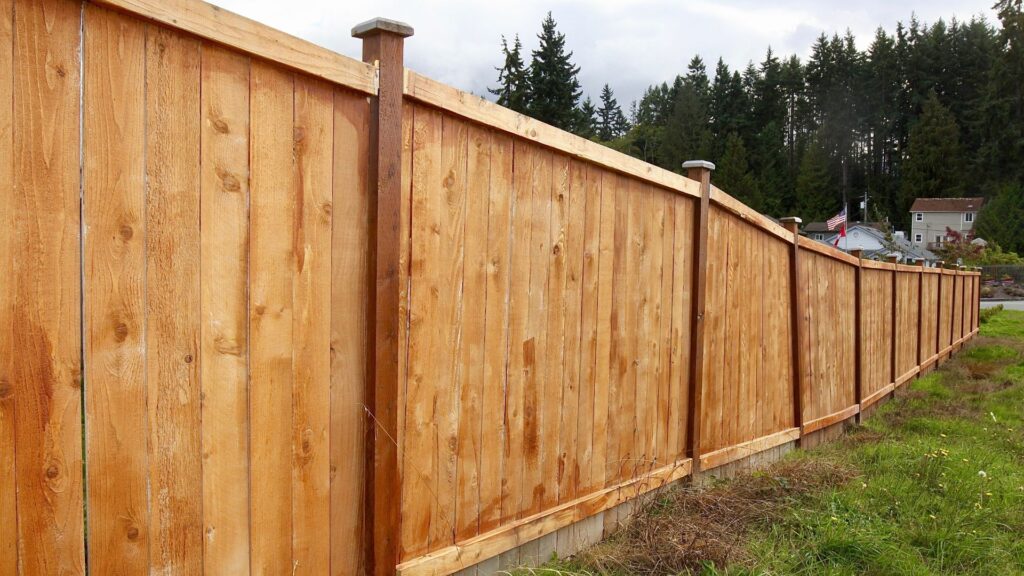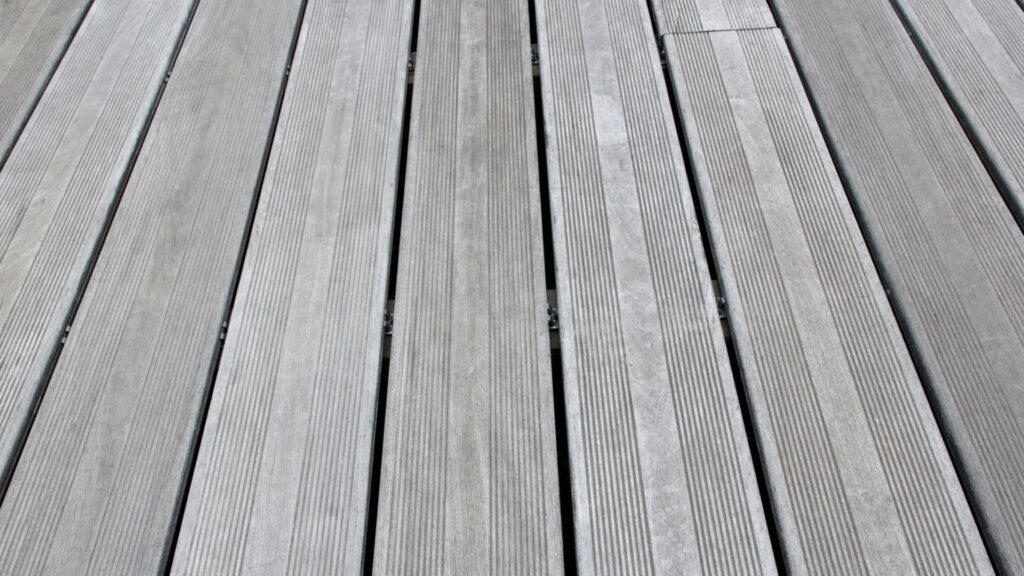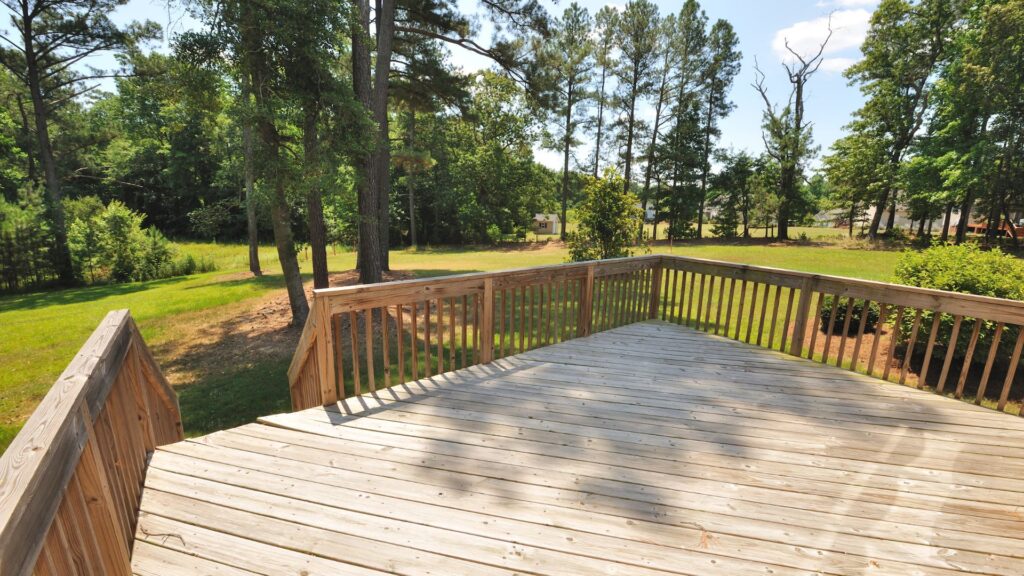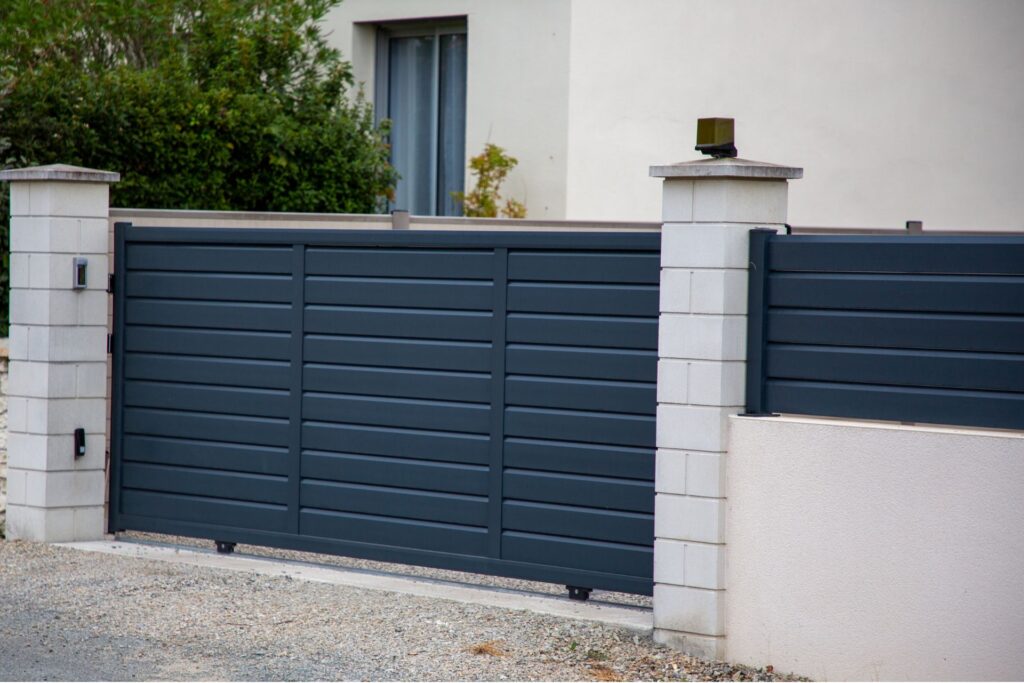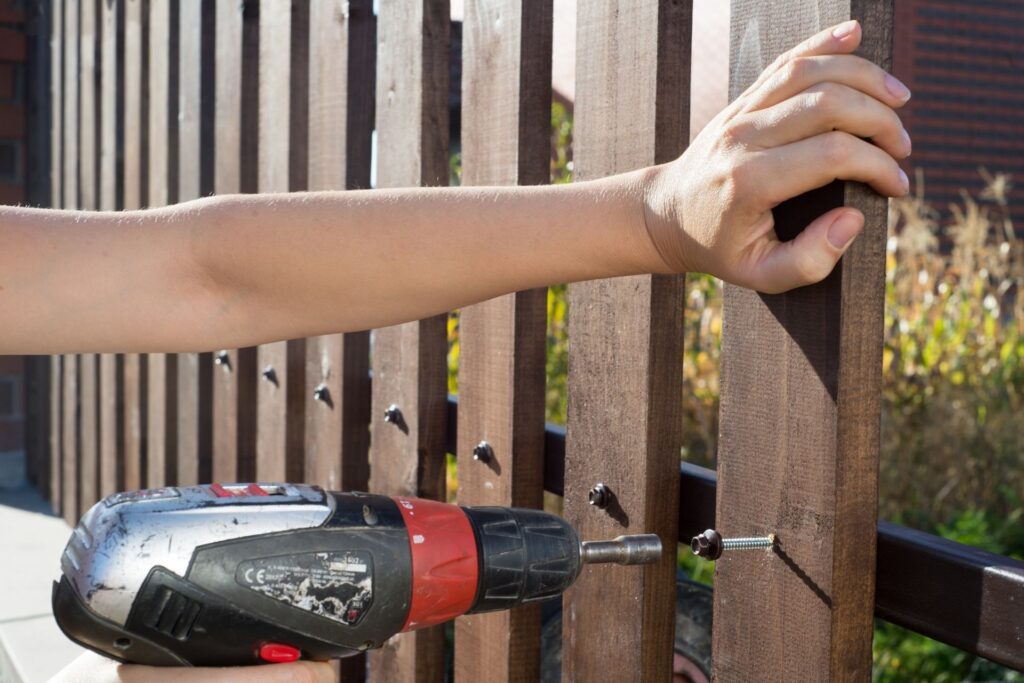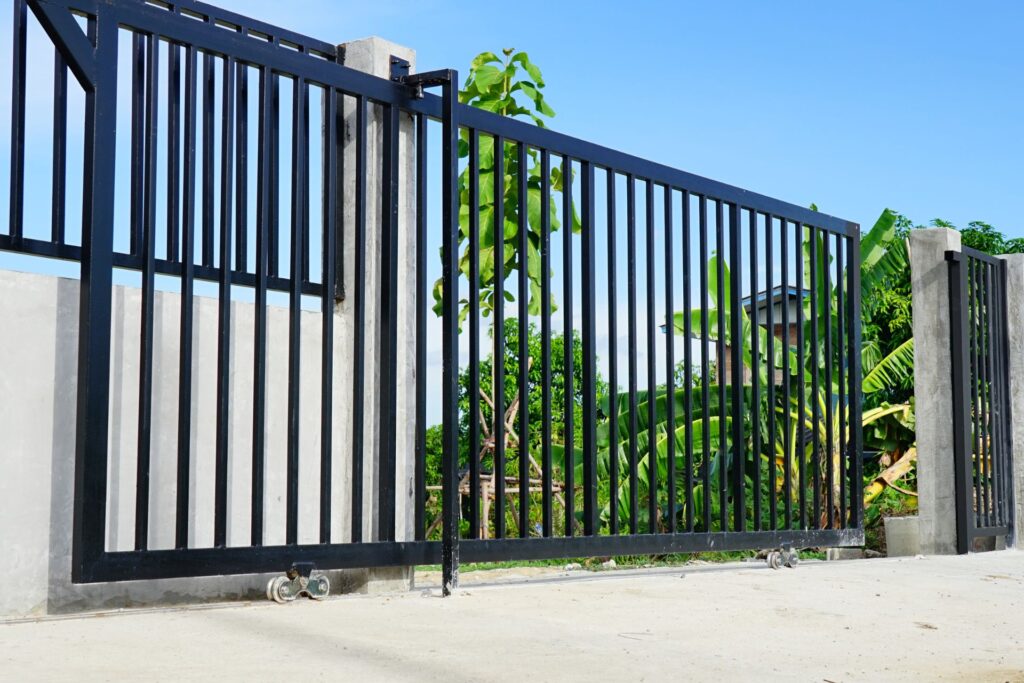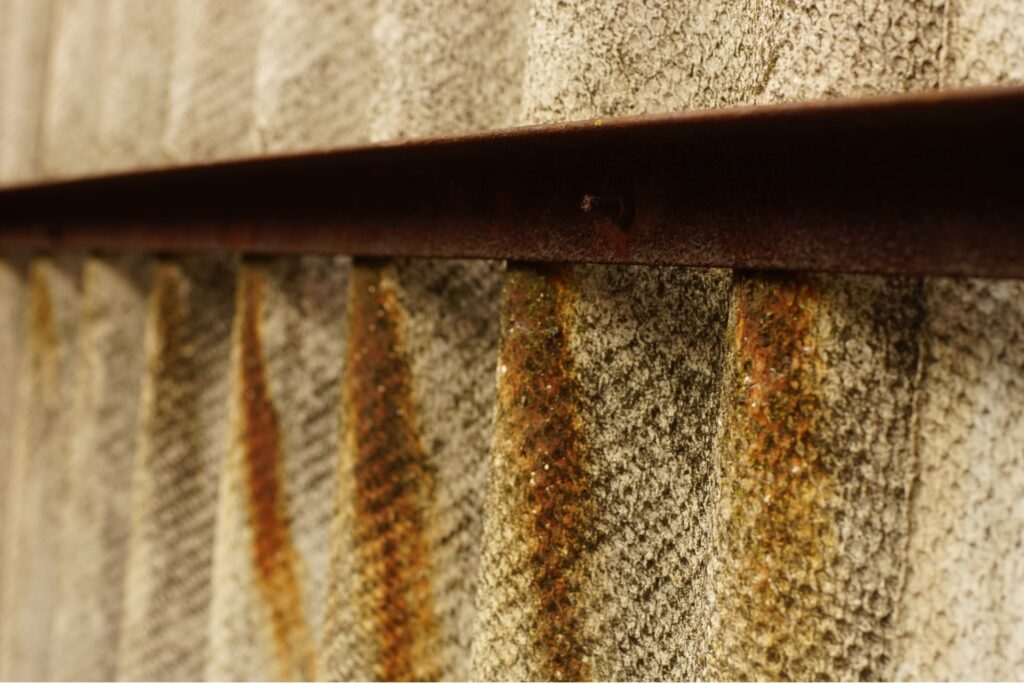Welcome to your go-to guide for finding the best trees for driveways in New Zealand, where we’ll help you choose species that enhance your home’s curb appeal, suit our unique climate, and thrive for years to come. The right trees can frame your driveway beautifully, provide shade, attract native birds, and add a touch of character to your property, without causing root damage or creating constant clean-up work. In this article, we’ll walk through what to consider before planting, highlight both native and exotic favourites, and share practical tips to keep your trees healthy and your driveway looking its best.
The best trees for driveways in New Zealand combine beauty, durability, and low-maintenance growth. Top options include native kōwhai for bright yellow blooms, pōhutukawa for coastal charm, Japanese maple for vibrant foliage, olive trees for an evergreen look, and magnolia for large, fragrant flowers. Choose species with non-invasive roots, suitable height, and seasonal interest to enhance curb appeal without damaging paving.
Table of Contents
What To Consider Before Planting Trees By Your Driveway
When planting trees near your driveway, careful planning is essential to ensure they enhance your property without causing future problems. The right choice will provide beauty, shade, and structure, while the wrong one could lead to costly repairs or ongoing maintenance headaches.
- Root systems: One of the most important factors is the type of root system the tree develops. Avoid species with invasive or aggressive roots, as these can lift and crack paving, disrupt concrete edging, and even damage underground pipes. Look for trees with non-invasive, compact root systems that will stay within their intended area. This not only protects your driveway but also makes long-term maintenance easier.
- Height & spread: Consider the mature size of the tree before planting. Trees that grow too tall or have wide-spreading branches can obstruct visibility, block light, and interfere with vehicle movement. For narrow driveways or smaller front yards, select species that naturally maintain a compact form, or be prepared to prune regularly to preserve clearance for both vehicles and pedestrians.
- Maintenance: Different trees have varying upkeep requirements. Some shed large amounts of leaves, flowers, or seed pods, which can create extra cleaning work and slippery surfaces. Others may need regular pruning to maintain shape or prevent overgrowth. Choose a species that fits your preferred maintenance level and the time you can commit to care.
- Sun & soil conditions: Every tree has specific growing needs. Check whether your chosen species thrives in full sun, partial shade, or a more sheltered position. Also, assess the soil type, clay, sandy, or loamy, and ensure it matches the tree’s requirements. Amending the soil before planting can improve growth and longevity, but selecting a species already suited to your conditions will save effort in the long run.
- Council rules: Some areas in New Zealand have regulations governing what can be planted near property boundaries, driveways, or roads. These rules may cover tree height, distance from public pathways, or the planting of certain species. Before planting, contact your local council to confirm the guidelines and avoid potential fines or mandatory removals in the future.
Choosing the right tree for your driveway starts with careful planning. By considering roots, size, maintenance, growing conditions, and local rules, you can enjoy a beautiful, hassle-free addition that enhances your home for years to come.

Top Trees For Driveways In New Zealand
Choosing the right tree for your driveway is more than just about looks. You need to balance beauty, function, and practicality. In New Zealand, the climate allows for a mix of native and exotic species, giving homeowners plenty of options. Below are some of the top trees suited for driveways, each with its own strengths and care needs.
Kōwhai (Sophora Microphylla)
- Brief description: Kōwhai is a native tree known for its bright yellow flowers that bloom in spring, attracting tūī and other native birds.
- Key benefits: Adds vibrant colour, supports local wildlife, and thrives in most regions.
- Ideal growing conditions: Prefers full sun and well-drained soil, tolerates light frost.
- Maintenance tips: Light pruning after flowering to maintain shape and encourage new growth.
- Estimated mature size: 5–8 metres tall, moderate spread.
Pōhutukawa (Metrosideros Excelsa)
- Brief description: Known as the New Zealand Christmas tree, it produces striking red blooms in early summer.
- Key benefits: Coastal tolerance, evergreen foliage, and a strong cultural connection.
- Ideal growing conditions: Full sun, coastal or well-drained soils, tolerates wind and salt spray.
- Maintenance tips: Minimal pruning needed; remove dead wood and lower branches if necessary.
- Estimated mature size: 8–20 metres tall, wide-spreading canopy.
Japanese Maple (Acer Palmatum)
- Brief description: A small ornamental tree prized for its delicate leaves and seasonal colour changes.
- Key benefits: Compact size for narrow driveways, stunning autumn foliage.
- Ideal growing conditions: Partial shade to full sun, moist but well-drained soil, shelter from strong winds.
- Maintenance tips: Prune lightly in winter to maintain structure; avoid heavy trimming.
- Estimated mature size: 4–6 metres tall, narrow spread.
Olive Tree (Olea Europaea)
- Brief description: Evergreen tree with silvery foliage, adding a Mediterranean touch to driveways.
- Key benefits: Drought-tolerant, low maintenance, produces edible fruit.
- Ideal growing conditions: Full sun, well-drained soil, and protection from severe frost.
- Maintenance tips: Light annual pruning to shape; minimal watering once established.
- Estimated mature size: 4–8 metres tall, narrow to medium spread.
Magnolia (Magnolia Grandiflora)
- Brief description: Large evergreen tree with glossy leaves and creamy white, fragrant flowers.
- Key benefits: Year-round greenery, showy blooms, and good for shade.
- Ideal growing conditions: Full sun to partial shade, fertile and well-drained soil.
- Maintenance tips: Remove lower branches if space clearance is needed; mulch to keep roots cool.
- Estimated mature size: 8–12 metres tall, wide canopy.
Cherry Blossom (Prunus Serrulata)
- Brief description: Deciduous tree famous for its stunning pink or white spring flowers.
- Key benefits: Seasonal beauty, attracts bees and pollinators.
- Ideal growing conditions: Full sun, fertile and well-drained soil, cold winters for best flowering.
- Maintenance tips: Prune after flowering to maintain shape; water in dry periods.
- Estimated mature size: 4–8 metres tall, moderate spread.
Tī Kōuka / Cabbage Tree (Cordyline Australis)
- Brief description: Hardy native tree with long, sword-like leaves and fragrant flowers.
- Key benefits: Very low maintenance, tolerant of varied conditions, supports native birds.
- Ideal growing conditions: Full sun to partial shade, adaptable to different soil types.
- Maintenance tips: Remove old leaves for a tidier look; minimal watering required.
- Estimated mature size: 10–20 metres tall, narrow trunk with multiple heads.
Camellia (Camellia Japonica)
- Brief description: Evergreen shrub or small tree with glossy leaves and winter-blooming flowers in various colours.
- Key benefits: Year-round foliage, vibrant flowers in cooler months, good for privacy screening.
- Ideal growing conditions: Partial shade, acidic and well-drained soil, shelter from strong winds.
- Maintenance tips: Prune lightly after flowering to shape; mulch annually.
- Estimated mature size: 2–6 metres tall, bushy spread.
Crepe Myrtle (Lagerstroemia Indica)
- Brief description: Deciduous tree with colourful summer flowers and attractive autumn foliage.
- Key benefits: Long blooming period, adds seasonal variety, and tolerates heat.
- Ideal growing conditions: Full sun, well-drained soil, tolerates drought once established.
- Maintenance tips: Prune in late winter to encourage new flowering shoots.
- Estimated mature size: 4–8 metres tall, moderate spread.
Kānuka / Mānuka (Kunzea Ericoides / Leptospermum Scoparium)
- Brief description: Hardy native trees producing small white or pink flowers, loved by bees.
- Key benefits: Low maintenance, supports pollinators, tolerant of poor soils.
- Ideal growing conditions: Full sun, sandy or rocky soils, drought-tolerant.
- Maintenance tips: Minimal pruning; remove damaged branches if needed.
- Estimated mature size: 4–10 metres tall, narrow to medium spread.
Choosing the right tree for your driveway in New Zealand comes down to matching the species to your space, climate, and lifestyle needs. Whether you prefer the charm of native plants or the variety of exotic species, the options above offer beauty, practicality, and long-term value for your property.

Native Vs Exotic Trees: Which Should You Choose?
Choosing between native and exotic trees for your driveway in New Zealand comes down to personal preference, maintenance expectations, and the look you want to achieve. Both have their strengths, and understanding these can help you make the right choice for your home.
- Native trees: These are species that naturally grow in New Zealand and have adapted over centuries to thrive in local conditions. Popular examples include kōwhai, pōhutukawa, tī kōuka (cabbage tree), and mānuka. They are generally low maintenance because they’re already suited to the country’s climate, soil types, and weather patterns. Natives also play a role in supporting the local ecosystem by attracting birds, bees, and other wildlife. Many homeowners choose them for their resilience, minimal watering needs, and ability to blend naturally into the surrounding landscape.
- Exotic trees: These are non-native species brought into New Zealand from other countries. They offer a broader range of colours, shapes, and seasonal displays, from the pink blossoms of cherry trees to the fiery autumn tones of Japanese maples. Exotics allow for more design flexibility and can create a striking focal point along your driveway. While they often require more care, such as seasonal pruning, pest control, or extra watering, they reward you with distinctive features and year-round visual interest.
When deciding between native and exotic trees, think about your priorities: Do you want a low-maintenance tree that benefits local wildlife, or are you aiming for a bold, seasonal statement? Also, consider your property’s location, coastal areas may suit hardy natives, while sheltered gardens can support delicate exotics. The right choice will not only enhance your driveway but also suit your lifestyle and the time you can dedicate to upkeep.
Whether you lean towards the practicality of natives or the variety of exotics, the best driveway tree is one that thrives in your environment and complements your home’s style. Taking the time to match your choice to your needs will ensure beauty and functionality for years to come.
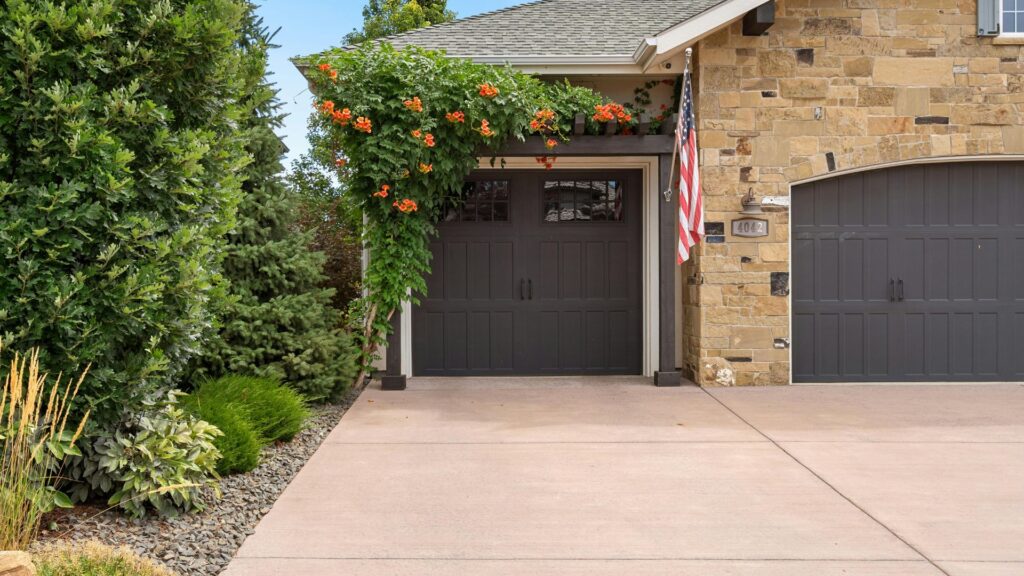
Planting And Caring For Driveway Trees
Planting trees along your driveway can completely change the look and feel of your property, but success starts with proper planning and care. In New Zealand, where the climate varies from subtropical in the north to cooler, temperate conditions in the south, timing and preparation are key to ensuring healthy growth.
Best Planting Seasons In NZ
The most suitable times to plant driveway trees in New Zealand are autumn and early spring. During autumn, the soil is still warm from summer, and rainfall is more regular, giving new roots the perfect environment to establish before winter. Early spring is also ideal because young trees can take advantage of the entire growing season ahead. Avoid planting in the peak of summer, as the intense heat and dry conditions can stress newly planted trees, making them harder to establish.
How To Prepare Soil
Healthy soil is the foundation for strong, long-lived driveway trees. Start by removing weeds, grass, and any debris from the planting area. Loosen the soil to improve drainage and aeration, especially if it’s compacted. Mixing in organic compost or well-rotted manure adds essential nutrients and encourages beneficial microorganisms that help roots thrive. For clay-heavy soil, incorporate coarse sand or fine gravel to improve drainage. If the soil is sandy and drains too quickly, add organic matter to help retain moisture.
Watering And Fertilising Schedule
Consistent watering is essential, particularly in the first year after planting. Give deep, slow waterings twice a week during dry spells, allowing moisture to reach the deeper roots. In wetter months, reduce watering to prevent waterlogging. Fertilise in early spring and late summer using a balanced, slow-release fertiliser to promote healthy foliage and root growth. Avoid over-fertilising, as it can burn roots or encourage excessive leaf growth at the expense of structural strength. Mulching around the base of the tree helps retain moisture, suppress weeds, and regulate soil temperature.
Pruning For Shape And Driveway Clearance
Pruning is not only about appearance but also about safety and accessibility. Begin shaping your tree while it’s young to encourage a balanced structure. Remove crossing branches, damaged limbs, and any growth that interferes with vehicles or pedestrians. For most driveway trees, maintain a clearance height of at least two to three metres above ground level. Light pruning can be done any time of year, but more significant shaping is best carried out in late winter or early spring, before the tree’s active growth season begins. Regular maintenance ensures your trees remain healthy, attractive, and functional for years to come.
With the right planting time, soil preparation, regular care, and proper pruning, your driveway trees will grow strong, stay healthy, and enhance your property’s appeal for many years.

Mistakes To Avoid
Planting trees along your driveway can boost curb appeal and create a welcoming entrance to your home, but poor choices or placement can lead to costly problems in the future. By understanding common mistakes, you can make better decisions that will help your trees thrive without damaging your property.
Planting Too Close To The Driveway
One of the most common mistakes homeowners make is placing trees too close to the driveway. While it might look fine when the tree is small, its trunk, branches, and roots will expand as it matures. Roots can push up paving or concrete, creating cracks and uneven surfaces, while overhanging branches may obstruct vehicles or drop debris. A good rule is to leave enough space based on the expected mature spread of the canopy and root system. For many species, this means planting at least two to three metres away from the edge of the driveway.
Choosing Trees With Invasive Roots
Some trees naturally develop aggressive root systems that can cause damage to driveways, underground pipes, and nearby foundations. Popular but risky examples include willows, poplars, and certain types of ficus. Invasive roots search far and wide for water and nutrients, and in the process, they can break through hard surfaces or block drainage systems. To avoid these issues, select species with non-invasive roots that are known to be safe for planting near paved areas, such as olive trees, Japanese maples, or kōwhai.
Ignoring Mature Size
It’s easy to fall in love with the look of a young tree at the nursery, but ignoring how large it will grow can create problems down the line. A tree that matures into a large canopy may block sunlight, drop excessive leaves, or overshadow your home. Large trees also require more pruning to maintain clearance over a driveway. Before planting, research the full height and spread of your chosen tree and ensure it suits your available space. Planning ahead will save you from costly removals or heavy pruning later.
Neglecting Early Care
The first few years after planting are critical for establishing healthy, strong trees. Neglecting early care, such as watering, mulching, and pruning can result in weak growth, poor root development, and increased vulnerability to pests or disease. Water young trees regularly, especially during dry spells, and apply mulch to conserve moisture and suppress weeds. Light pruning in the early years helps shape the tree and prevent problems as it matures. Consistent attention in the beginning will reward you with healthy, attractive trees that enhance your driveway for decades.
By avoiding these common mistakes, you’ll give your driveway trees the best chance to grow strong, stay healthy, and add lasting beauty to your property without creating future headaches.
Ready to transform your driveway? Visit our homepage to explore more landscaping tips, ideas, and expert advice for your NZ home.
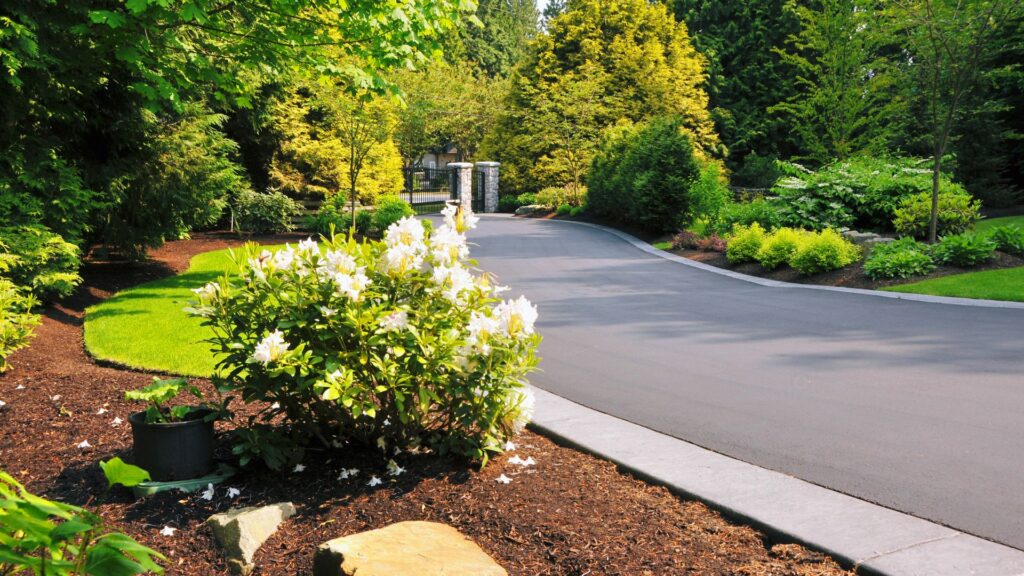
FAQs: About Best Trees For Driveways In NZ
What are the best native trees for driveways in New Zealand?
Popular native choices include kōwhai, pōhutukawa, tī kōuka (cabbage tree), and mānuka. These species are suited to local conditions, attract wildlife, and require less maintenance compared to many exotic species.
Which trees have non-invasive roots for driveways?
Trees like olive, Japanese maple, camellia, and kōwhai have less aggressive root systems, making them safer to plant near driveways without risking damage to paving.
How far should I plant a tree from my driveway?
As a general rule, plant trees at least 2 to 3 metres away from the driveway edge. For larger species with wider root systems, increase this distance to 4 to 6 metres.
When is the best time to plant driveway trees in NZ?
Autumn and early spring are the best times, as the soil is warm enough for root growth and rainfall is more consistent, helping young trees establish.
How do I choose between native and exotic trees?
Choose natives for low maintenance, wildlife benefits, and local resilience. Opt for exotics if you want more variety in colour, shape, and seasonal interest.
Which driveway trees provide the most shade?
Pōhutukawa, magnolia, and larger olive trees offer excellent shade, especially when mature. Ensure they are planted far enough to prevent root and canopy interference.
What trees work well in coastal areas of NZ?
Pōhutukawa, Norfolk pine, and cabbage tree are hardy coastal options that tolerate salt spray and strong winds.
How can I keep driveway trees looking neat?
Regular pruning to maintain shape and height, mulching around the base to retain moisture, and seasonal fertilising will keep trees healthy and tidy.
Are fruit trees a good choice for driveways?
While some fruit trees like feijoa or citrus can work well, be prepared for seasonal fruit drop, which may require extra cleaning to avoid mess and slippery surfaces.
What mistakes should I avoid when planting driveway trees?
Common mistakes include planting too close to paving, choosing species with invasive roots, ignoring the mature size, and neglecting early care and watering.
Conclusion
Selecting the right tree species for your driveway in New Zealand is essential for creating a beautiful, functional, and long-lasting landscape feature. The right choice can enhance your property’s curb appeal, provide shade, attract native birds, and complement the style of your home, while the wrong one can lead to maintenance headaches and costly repairs from invasive roots or excessive leaf drop. When deciding which tree to plant, think about the space you have available, the overall design of your property, and the local climate conditions to ensure the tree will thrive without causing problems. It’s also wise to consider how much time you can dedicate to pruning, watering, and general upkeep, as some trees require more care than others. For the best results, visit a reputable local nursery or garden centre where experts can guide you toward species suited to your specific soil type, location, and aesthetic goals. This approach will not only help you select trees that grow well in your area but also ensure they add value and charm to your home for many years.
About the Author:
Mike Veail is a recognized digital marketing expert with over 6 years of experience in helping tradespeople and small businesses thrive online. A former quantity surveyor, Mike combines deep industry knowledge with hands-on expertise in SEO and Google Ads. His marketing strategies are tailored to the specific needs of the trades sector, helping businesses increase visibility and generate more leads through proven, ethical methods.
Mike has successfully partnered with numerous companies, establishing a track record of delivering measurable results. His work has been featured across various platforms that showcase his expertise in lead generation and online marketing for the trades sector.
Learn more about Mike's experience and services at https://theleadguy.online or follow him on social media:


